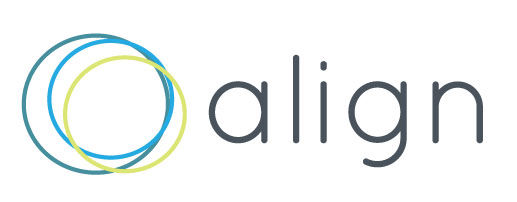Is the last week of December the best week to work? Many people think so. It might even be relaxing.
Me: “I just want to relax and work today.” Husband: “So, do you mean work in the morning and relax in the afternoon? Or did you mean relax while working?” Me: “Both.”
Am I alone here, or is this week, the last week of December, a weird one? Are you ‘half-working?’ For me, that means being super intentional about what I’m spending time doing since I’m sort of on vacation this week. I aim to be ‘super intentional’ all the time, but this week is different. It’s the eve of a new year - a clean slate. This time seems to demand blue-sky thinking and dreaming--that's the relaxing and inspiring part. I’m reflecting on what I accomplished last year, forgiving myself for what didn’t get done, and wrapping my head around a refreshed set of goals and tactics. I know that success is a factor of mindset and planning, so I’m aiming high and breaking it down into smart chunks.
Now is the time to think strategically and creatively.
“I love to work this week.” “I’d never waste vacation days on this week.” I’ve heard many people say this. Their reason is that because so few other colleagues and clients are ‘working’ they can be productive, work uninterrupted, and actually have a moment to think critically and maybe imaginatively. Does it feel like you’re constantly jumping in front of problems? Playing catch-up to modernize or re-organize? If so, I hope you are indeed getting a break.
When do you prioritize time for thinking strategically?
Take this to the extreme. If you really only have one week a year to think strategically and creatively, what is that saying about your ability to actually be strategic and creative? Let’s take it to an even greater extreme. What if your company only does strategic planning once every three years? There’s no way you can make a powerful impact if you’re only evaluating your direction and priorities every few years. If we learned anything from the pandemic it’s the necessity of being adaptable. But scrambling is not adapting. Scrambling is survival. Once you’re past survival mode, there needs to be a proactive plan.
Make sense of chaos and stay on course with a North Star and some mile markers.
I’m reflecting on current client projects and my volunteer involvement in a non-profit board of directors where I’m leading through various stages of change. In this moment, I’m taking a quick break, zooming out, and feeling very reassured by the direction of each project. That's a good thing because change can be messy. But it’s even messier and riskier without a clear strategy if you're just scrambling. Thankfully, I know that the overall direction and the big objectives are correct because we follow a process for strategic innovation that ensures we’re purpose-led, market-led, and in touch with the challenges of implementation. Our work cascades down from a master plan that makes sense given our goals and current realities.
Make the most of this time: Here’s what you can do right now.
Put a recurring monthly ‘day off’ in your calendar for strategic reflection or creative thinking. Get out and use the time to learn, reflect, create or connect with peers. Make sure your senior leaders do this too. All the better if you get together to share your insights.
Add something inspiring and/or positively provocative to your reading list. This will get you excited and/or fired-up in a way that jolts you out of your day-to-day. Consider the Institute for the Future’s forecast page.
Set the right goals. Whether it’s income or impact or both (hopefully), decide which metrics will indicate success, as well as progress toward success. Having a clear strategy will help you to prioritize a limited set of growth initiatives most likely to drive success.
Use a strategic blueprint to shortcut your analysis. Here’s a one-page template I created a while back. You can very quickly identify areas to target for improvement.
Make time for creative endeavors both personally and with colleagues. The source of growth is innovation, which requires mental space and practice for thinking creatively. The insane stress of most people’s normal workday prevents the type of thought necessary to solve big problems that can move businesses forward. That’s why people love to work this week - because they finally have some space to think. These spark sessions offer a scheduled solution.
You get to decide when to allocate time for strategic thinking, planning, and creative problem-solving.
Since you’re reading this right now, take action and schedule time for strategic thinking and innovation.
I hope you'll reach out because I'd love to be a resource for your creative and strategic endeavors. Go to www.alignltd.com/connect

